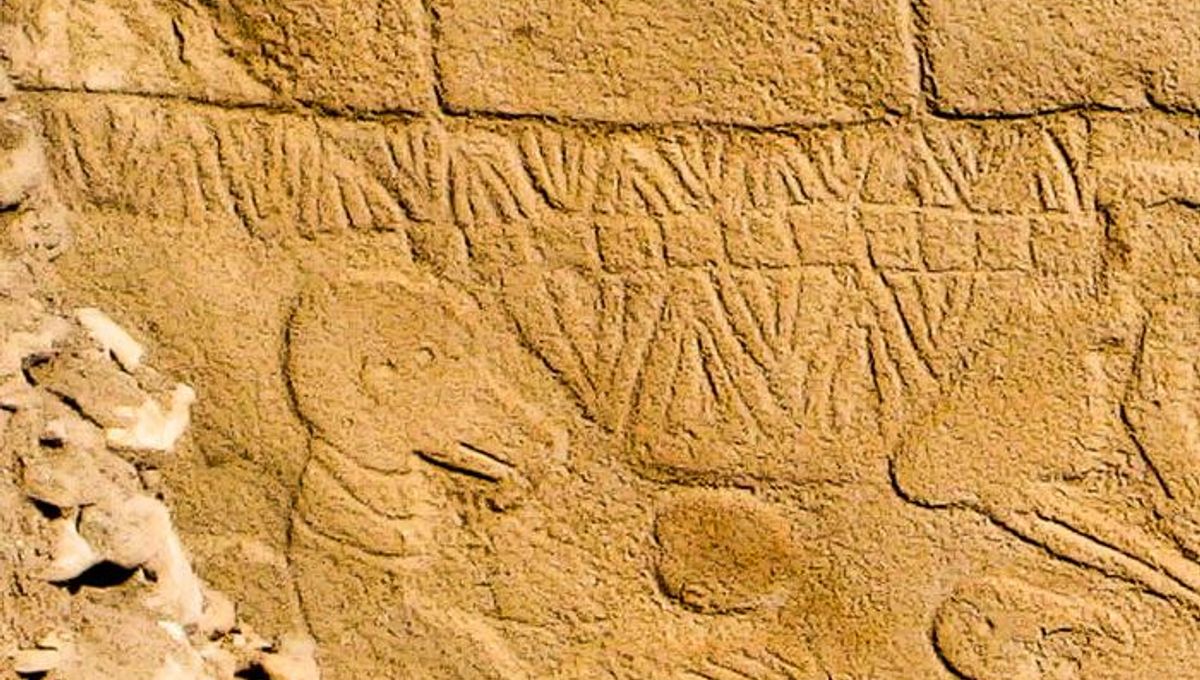
A cataclysmic comet impact 13,000 years ago may have sparked the rise of civilization, according to the authors of a new study. The event – which many scientists believe never happened – may even be documented at the world-famous site of Göbekli Tepe, forming part of a series of carvings that the researchers say represent the world’s oldest solar calendar.
Located in southern Türkiye, Göbekli Tepe is a pre-pottery Neolithic complex that is estimated to be around 12,000 years old. Analyzing an intricately carved pillar at the site, the study authors propose that V-shaped symbols represent days of the year, with a total of 365 markings divided into 12 lunar months plus 11 additional – or epagomenal – days.
The summer solstice, meanwhile, is depicted as a bird-like deity – possibly representing the constellation Virgo, where the sun would have been located at this time of year – with a V around its neck. According to the researchers, representations of figures with similar V-shaped necklaces at associated sites have been interpreted as “time-controlling or creator deities”.
Because the carvings appear to track both the movement of the Sun and the phases of the Moon, the study authors suggest that the pillar represents the world’s earliest lunisolar calendar. Perhaps even more astonishingly, the ancient engravings seem to illustrate the changing positions of constellations in the sky, indicating an appreciation of the concept of precession 10,000 years before it was first documented by the Ancient Greek astronomer Hipparchus.
Yet the study’s most striking find relates to a separate pillar, which appears to illustrate the Taurid meteor stream moving through the constellations Aquarius and Pisces over a period of several weeks. This barrage of bollides has been proposed as the source of a comet strike some time around 10,850 BCE, which may have triggered a mini Ice Age known as the Younger Dryas.
It’s important to note the Younger Dryas Impact Hypothesis is strongly opposed by many researchers, who say there is no evidence that the event was caused by a collision. Nevertheless, the study authors propose that Göbekli Tepe itself may have been constructed as a memorial to this hypothetical strike.
“It appears the inhabitants of Göbekli Tepe were keen observers of the sky, which is to be expected given their world had been devastated by a comet strike,” explained study author Dr Martin Sweatman in a statement. “This event might have triggered civilisation by initiating a new religion and by motivating developments in agriculture to cope with the cold climate,” he said.
In their write-up, the researchers develop this idea by explaining that “religion might already have existed elsewhere… but the Younger Dryas impact might have triggered a novel, catastrophic form.”
“Fear is a powerful organizing principle in human society and the Younger Dryas impact would undoubtedly have inspired great fear and awe. Thus, this event can provide the motivation for the grand construction projects of Göbekli Tepe and related sites,” they say.
Such a fearful religion – which may have centered around a “skull cult” – might therefore have provided the spark for large-scale communal organization and the building of monumental structures, effectively “triggering the origin of civilization,” the researchers conclude.
The study is published in the journal Time and Mind.
Source Link: "World’s Oldest Calendar" May Depict Catastrophic Comet Impact 13,000 Years Ago